Summary
Khusro Bagh in Prayagraj is a historic garden complex, home to the tombs of Khusrau Mirza (son of Emperor Jahangir) and his family. Built in Mughal style, it features stunning architecture, including domes and arches. Located 6 km from Prayagraj Junction, it’s a peaceful site for history and architecture enthusiasts.
Location
- Lukarganj, Prayagraj, Uttar Pradesh 211016
Full Story
Khusro Bagh in Prayagraj has a rich historical background tied to the Mughal era. Here’s a detailed history:
1. Construction and Origins
- Khusro Bagh was built in memory of Khusrau Mirza, the eldest son of Emperor Jahangir and the grandson of Emperor Akbar. Khusrau Mirza was a prince who rebelled against his father, Jahangir, and was imprisoned. He died in 1622 under mysterious circumstances, believed to be either by execution or a suspicious accident.
- The garden was created by Shah Begum, Khusrau’s mother, as a memorial to her son. She commissioned the construction of the tombs within the garden, and it remains a tribute to him and his family.
2. Mughal Architecture
- The tomb complex showcases Mughal architecture, with grand structures like domes, arches, and intricate carvings. The central tomb of Khusrau Mirza is surrounded by the tombs of other family members, including Shah Begum and Nur Mahal, Khusrau’s stepmother.
- The design reflects the traditional Mughal garden layout, inspired by the Persian Charbagh style, with water channels and lush greenery.
3. The Tombs and Inscriptions
- Khusrau’s Tomb: The main tomb is an elegant structure with a large dome and inscriptions that honor Khusrau’s legacy.
- Shah Begum’s Tomb: This tomb belongs to Khusrau’s mother and features the same style of Mughal architecture.
- Nur Mahal’s Tomb: The tomb of Khusrau’s stepmother is another notable feature in the garden.
- The tombs and the entire garden symbolize the grandeur of Mughal royalty and their belief in eternal life.
4. Cultural and Political Context
- Khusrau Mirza’s Rebellion: Khusrau was involved in a rebellion against his father, Emperor Jahangir. Despite being a prominent figure in the Mughal court, Khusrau’s relationship with his father soured, leading to his eventual imprisonment. His rebellion was against the increasing influence of Nur Jahan, his stepmother, whom he saw as wielding too much power. Khusrau’s death at a young age remains a mystery, adding an element of intrigue to his legacy.
5. The Garden’s Role in Mughal History
- The tomb of Khusrau stands as a testament to the power struggle within the Mughal Empire. The site is also a symbol of the political turmoil and the fate of those who challenged the authority of the emperor.
- The Khusro Bagh is a peaceful reminder of the personal and political complexities that shaped the Mughal Empire during Jahangir’s reign.
6. Preservation
- Over time, the tombs and garden have undergone some restoration to preserve their beauty and historical significance. The site continues to be an important part of Prayagraj’s cultural heritage, attracting tourists, history enthusiasts, and locals alike.
7. Current Significance
- Today, Khusro Bagh stands as one of the most well-preserved Mughal monuments in Prayagraj. It remains an important historical site, offering insights into the Mughal era’s architectural styles and the personal history of the Mughal royal family.
The garden and tombs are not only architectural wonders but also reflect the story of love, loss, rebellion, and the intricate political dynamics of the Mughal court.



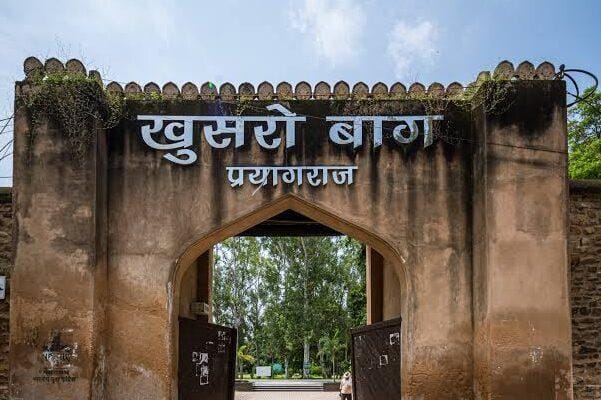
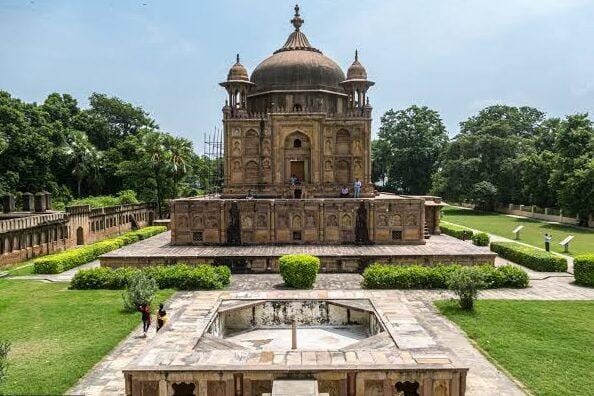
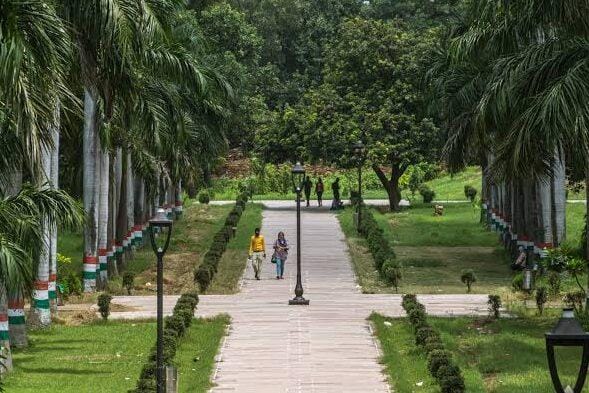
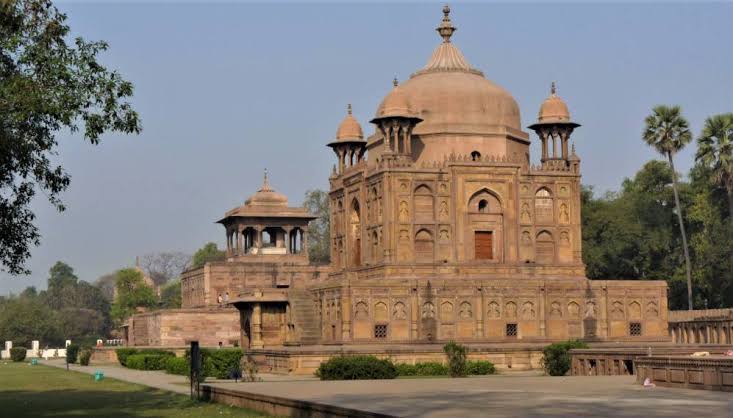
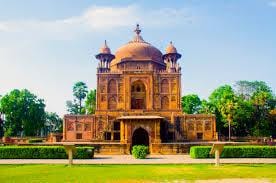











Reviews
There are no reviews yet.